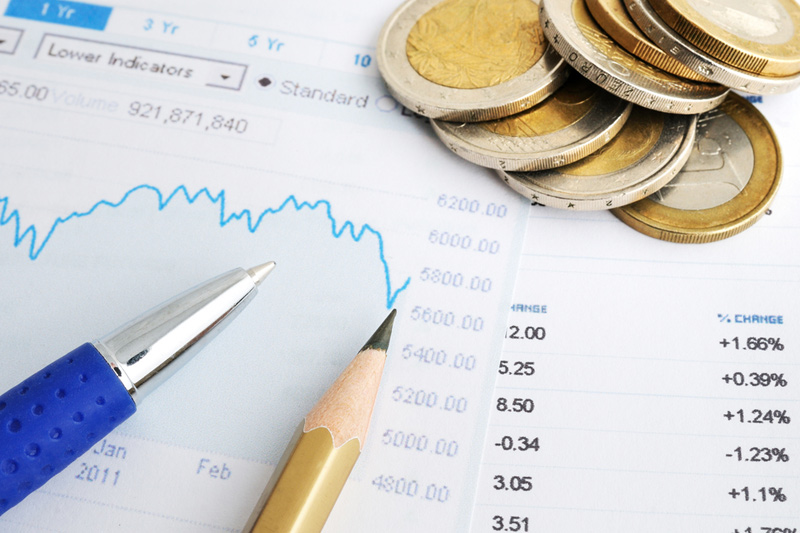 © Reuters. FILE PHOTO: Traders work on the trading floor at the New York Stock Exchange (NYSE) in Manhattan, New York City, U.S., March 7, 2022. REUTERS/Andrew Kelly
© Reuters. FILE PHOTO: Traders work on the trading floor at the New York Stock Exchange (NYSE) in Manhattan, New York City, U.S., March 7, 2022. REUTERS/Andrew Kelly2/3
By Sinéad Carew, Devik Jain and Bansari Mayur Kamdar
(Reuters) – The closed up more than 2% while the Nasdaq rallied almost 4% on Wednesday as investors shrugged off initial jitters following the U.S. Federal Reserve’s interest rate increase and its signal that more hikes would be needed to fight inflation, ending the pandemic-era’s easy monetary policy.
The central bank announced a quarter-percentage-point increase in its benchmark overnight rate as was widely expected but the projection that its rate would hit between 1.75% and 2% by year’s end was more hawkish than some investors said they had expected.
While the Fed flagged the massive uncertainty the economy faces from the war between Russia and Ukraine and the ongoing COVID-19 crisis, it said “ongoing increases” in the target federal funds rate “will be appropriate” to curb the highest inflation the country has witnessed in 40 years.
While the major indexes pared earlier gains sharply and the S&P and the Dow both dipped into the red briefly after the Fed statement, the indexes steadied as Fed chair Jerome Powell spoke at a press conference.
Jim Paulsen, chief investment strategist at The Leuthold Group in Minneapolis said investors may be relieved the Fed is taking action against surging inflation.
“Hearing the Fed finally ‘say and act’ to tackle inflation is somewhat calming for the investment community, and for Main Street struggling with higher inflation,” he said.
But other market analysts were concerned the aggressive rate hike projected could cause the economy to skid.
“This looks like a Fed that is intending on causing recession in order to stamp out the inflation problem and that is as short sighted as calling inflation transitory a year ago,” Scott Ladner, chief investment officer, Horizon Investments, Charlotte, North Carolina.
Joseph LaVorgna, Americas chief economist at Natixis in New York was also skeptical.
“They’re going to try to be aggressive here in raising rates. I wish Jay Powell and company all the best of luck because they’re not going to get anywhere near as they think, unless they’re willing to throw a lot of people out of jobs, because that’s what’s going to happen. Because we’re going to have a recession. This is a recession forecast,” he said.
“I just don’t see the Fed being able to engineer this kind of tightening for what right now is inflationary demand destruction.”
The rose 518.76 points, or 1.55%, to 34,063.1, the S&P 500 gained 95.41 points, or 2.24%, to 4,357.86 and the added 487.93 points, or 3.77%, to 13,436.55.
Of the S&P 500’s 11 major industry sectors, the biggest gainers were sectors that had fallen sharply in a recent sell off with consumer discretionary and technology both finishing up more than 3% while communications services and financials added almost 3%.
Only two of the sectors ended the day in the red with energy falling 0.4% and utilities losing 0.2%.
Historical data suggests tighter monetary policy has often been accompanied by solid gains in stocks. The S&P 500 has returned an average 7.7% in the first year the Fed raises rates, according to a Deutsche Bank (DE:) study of 13 hiking cycles since 1955.
Ahead of the Fed statement stocks had been rallying as talk of compromise from both Moscow and Kyiv on a status for Ukraine outside of NATO lifted hope on Wednesday for a potential breakthrough after three weeks of war.
The global mood had also been lifted earlier by China’s promise to roll out more stimulus for the economy and keep markets stable.
Advancing issues outnumbered declining ones on the NYSE by a 3.78-to-1 ratio; on Nasdaq, a 3.79-to-1 ratio favored advancers.
The S&P 500 posted 15 new 52-week highs and 1 new lows; the Nasdaq Composite recorded 29 new highs and 93 new lows.
On U.S. exchanges 15.82 billion shares changed hands compared with the 14.04 billion 20-day moving average.

